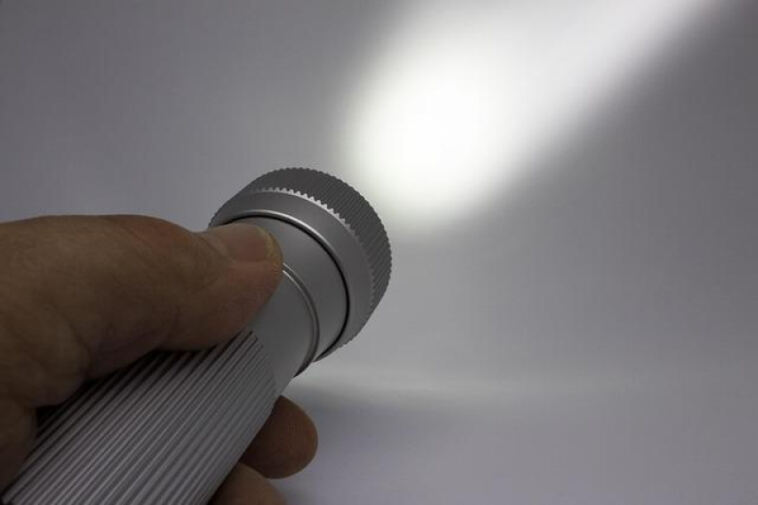- Like
- SHARE
- Digg
- Del
- Tumblr
- VKontakte
- Flattr
- Buffer
- Love This
- Save
- Odnoklassniki
- Meneame
- Blogger
- Amazon
- Yahoo Mail
- Gmail
- AOL
- Newsvine
- HackerNews
- Evernote
- MySpace
- Mail.ru
- Viadeo
- Line
- Comments
- Yummly
- SMS
- Viber
- Telegram
- JOIN
- Skype
- Facebook Messenger
- Kakao
- LiveJournal
- Yammer
- Edgar
- Fintel
- Mix
- Instapaper
- Copy Link
In the ever-evolving world of cannabis cultivation, finding the perfect lighting solution is key to unlocking the full potential of your plants. Two popular options, LED and HPS, have been dominating the market with their unique qualities and benefits. In this article, we will delve into the differences between LED and HPS lighting systems, shedding light on the pros and cons of each for cannabis cultivation. Join us on a journey as we compare these two lighting giants and help you make an informed decision for your growing operation.
– Understanding the Basics of LED and HPS Grow Lights
LED and HPS grow lights are two popular choices for cannabis cultivation, each with its own set of advantages and disadvantages. LED lights are known for their energy efficiency, long lifespan, and versatility in spectrum options. On the other hand, HPS lights have a proven track record of producing high yields and promoting robust plant growth.
One key difference between LED and HPS grow lights is their energy consumption. LED lights typically consume less energy than HPS lights, making them a more cost-effective option in the long run. Additionally, LED lights produce less heat, reducing the need for additional cooling systems in your grow space.
When it comes to spectrum options, LED lights offer a more customizable approach compared to HPS lights. With LED lights, you can fine-tune the light spectrum to better suit different stages of plant growth. On the other hand, HPS lights are known for their high output of red and yellow wavelengths, which are beneficial for flowering stages. Whether you choose LED or HPS, it’s essential to consider your specific cultivation needs and budget when selecting the right grow light for your cannabis plants.
– Efficiency and Energy Consumption: A Closer Look
LED (Light Emitting Diode) and HPS (High-Pressure Sodium) grow lights are two popular options for cannabis cultivation, each with its own set of advantages and drawbacks.
LED Grow Lights:
- Energy Efficient: LED grow lights are known for their energy efficiency, consuming significantly less power compared to HPS lights.
- Customizable Spectrum: LED lights can be tailored to provide specific light spectrums optimal for different stages of plant growth.
- Longer Lifespan: LED lights have a longer lifespan, reducing the need for frequent replacements and maintenance.
HPS Grow Lights:
- Higher Intensity: HPS lights emit a higher intensity of light, which can lead to faster plant growth and higher yields.
- Lower Initial Cost: HPS lights are generally more budget-friendly upfront compared to LED lights.
- Greater Heat Output: HPS lights produce more heat, which may require additional cooling systems to maintain optimal growing conditions.
In conclusion, the choice between LED and HPS grow lights ultimately depends on the specific needs and preferences of the cultivator. While LED lights offer energy efficiency and customizable spectrums, HPS lights provide higher intensity and lower initial costs. Consider factors such as energy consumption, budget constraints, and desired growth outcomes when deciding which lighting option is best for your cannabis cultivation setup.
– Impact on Cannabis Yield and Quality
LED lights have been gaining popularity in the cannabis cultivation industry due to their energy efficiency and customizable spectrum options. When compared to traditional HPS lights, LED lights have been shown to have a positive impact on cannabis yield and quality. LED lights produce less heat, allowing for closer proximity to plants without causing damage. This results in better light penetration and distribution throughout the canopy, leading to increased bud development and overall yield.
In addition to improved yield, LED lights have also been found to enhance the quality of cannabis plants. The customizable spectrum of LED lights allows growers to tailor the light wavelengths to specific stages of growth, resulting in better cannabinoid and terpene production. This level of control can lead to higher potency and better aroma and flavor profiles in the final product. With HPS lights, the spectrum is limited, making it more difficult to optimize light for each growth phase.
Furthermore, LED lights have a longer lifespan and require less frequent bulb replacements compared to HPS lights. This not only reduces maintenance costs but also ensures consistent light output throughout the entire growing cycle. Overall, the impact of LED lights on cannabis yield and quality is significant, making them a preferred choice for many cultivators looking to maximize their harvests.
– Environmental Considerations and Sustainability
In the world of cannabis cultivation, the choice between LED and HPS lighting can have a significant impact on environmental considerations and sustainability. LED lights have gained popularity for their energy efficiency, long lifespan, and ability to provide specific light spectrums tailored to plant growth. On the other hand, traditional HPS lights are known for their high levels of heat output and energy consumption.
LED Lighting:
- Energy efficient, saving up to 50% more energy compared to HPS lights.
- Longer lifespan, lasting up to 50,000 hours.
- Customizable light spectrums for different stages of plant growth.
HPS Lighting:
- Higher heat output, requiring additional cooling systems.
- Higher energy consumption, leading to increased electricity costs.
- Limited spectrum options, less tailored to plant needs compared to LED lights.
In a side-by-side comparison, LED lighting emerges as the more sustainable option for cannabis cultivation. While the initial investment may be higher, the long-term savings in energy consumption and maintenance costs make LED lights a more environmentally friendly choice. Additionally, the ability to customize light spectrums for optimal plant growth can lead to higher yields and quality harvests, further contributing to sustainability in the cannabis industry.
– Making the Choice: Recommendations for Cannabis Cultivators
LED and HPS lights are both popular choices for cannabis cultivators, each with its own set of advantages and disadvantages. LED lights are known for being energy-efficient, producing less heat, and lasting longer than HPS lights. On the other hand, HPS lights are typically more affordable upfront and have a proven track record of yielding high-quality buds.
When it comes to spectrum control, LED lights offer more flexibility as they can be easily adjusted to provide specific light wavelengths needed for different stages of plant growth. This can result in improved resin production, higher cannabinoid levels, and overall better plant health. HPS lights, on the other hand, have a more limited spectrum and may not be as customizable for specific needs.
In terms of heat output, LED lights are the clear winner as they generate significantly less heat compared to HPS lights. This can be beneficial for small grow spaces or for growers who want to reduce the risk of heat stress on their plants. However, HPS lights are known for producing more intense light, which can sometimes result in faster growth rates and larger yields. Ultimately, the choice between LED and HPS lights will depend on a cultivator’s specific needs and preferences.
Q&A
Q: What are the main differences between LED and HPS lighting for cannabis cultivation?
A: LED lights are more energy-efficient and have a longer lifespan compared to HPS lights, but HPS lights are typically more affordable upfront.
Q: How do LED and HPS lights impact plant growth and yield?
A: LED lights can provide a more targeted light spectrum for optimal plant growth and can help increase yield, while HPS lights can produce more heat and may require additional cooling systems.
Q: Are there any drawbacks to using LED or HPS lights for cannabis cultivation?
A: LED lights can be more expensive initially, and some growers may prefer the warmer light spectrum produced by HPS lights for certain stages of plant growth.
Q: Which type of lighting is more commonly used in the cannabis industry?
A: LED lighting is becoming increasingly popular in the cannabis industry due to its energy efficiency and ability to customize light spectrum for different growth stages. However, HPS lights are still widely used by many growers for their affordability and familiarity.
Q: What factors should growers consider when choosing between LED and HPS lighting?
A: Growers should consider their budget, energy efficiency goals, desired light spectrum, and specific needs for their cannabis cultivation operation before choosing between LED and HPS lighting.
Closing Remarks
In conclusion, both LED and HPS lighting systems have their own unique advantages and drawbacks when it comes to cannabis cultivation. While LEDs offer energy efficiency and customizable spectrum control, HPS lights have a proven track record of high yields and lower initial costs.
Ultimately, the best choice for your grow operation will depend on various factors such as budget, space, and desired outcomes. It is recommended to conduct thorough research and consider consulting with experienced growers to determine the most suitable lighting solution for your specific needs.
Whichever option you choose, remember that the key to successful cannabis cultivation lies in finding the perfect balance of light, nutrients, and care to help your plants thrive. Happy growing!


